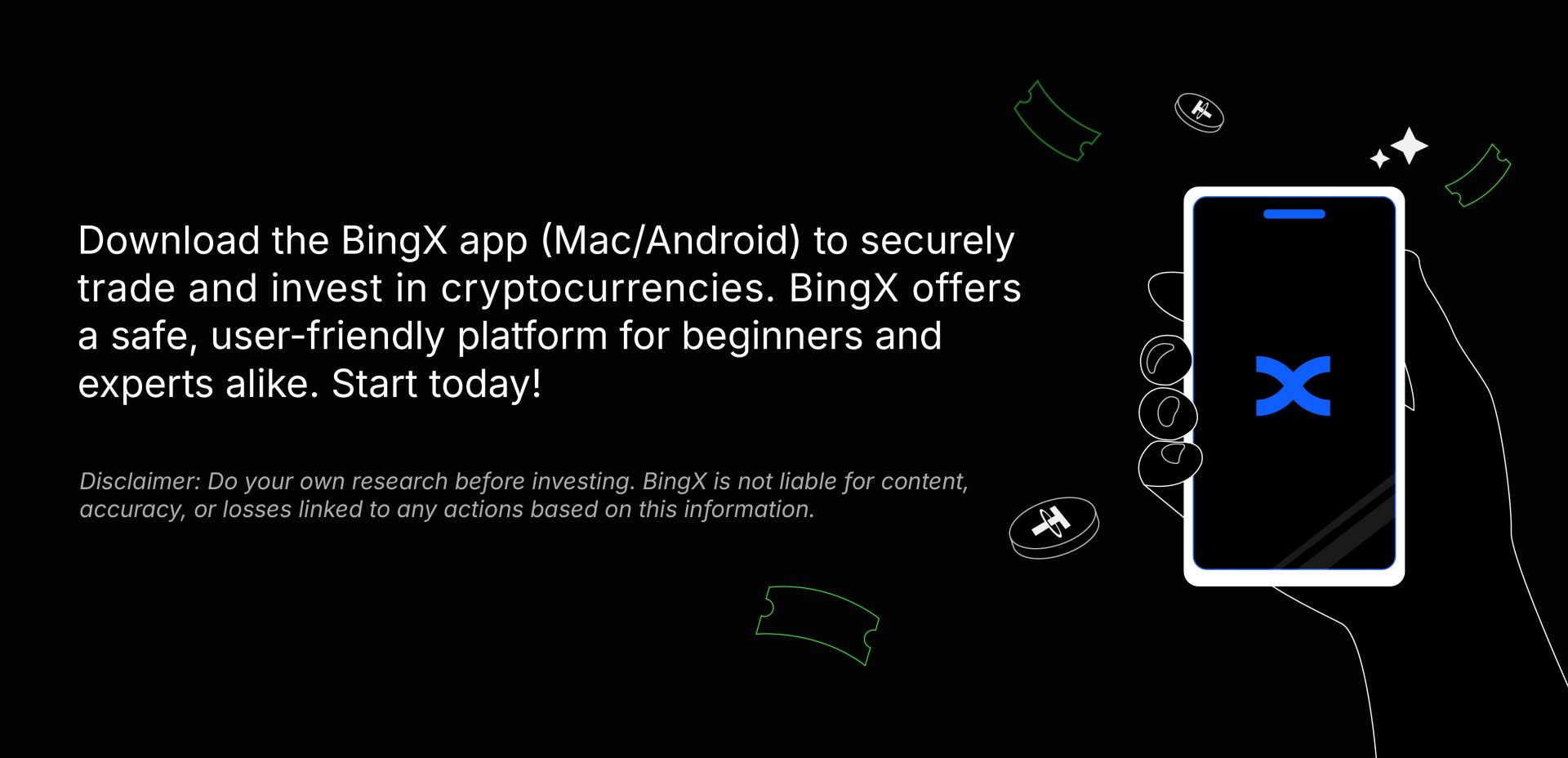
Mantle ($MNT) has quickly become one of the most talked-about projects in the Layer 2 space. With a $7 billion asset base and a string of major announcements, the network is showing that it wants to be more than just another Ethereum scaling solution. Its latest partnership with interoperability protocol LayerZero is pushing Mantle into the spotlight, marking a significant step toward becoming a hub for cross-chain liquidity.
Why Cross-Chain Liquidity Matters
DeFi’s biggest challenge has long been fragmentation. Assets are scattered across multiple chains, and moving funds between them often requires clunky bridges, long wait times, and risks of slippage or failed transactions. By teaming up with LayerZero, Mantle is tackling this head-on. The integration allows $MNT to go live on HyperEVM through LayerZero’s OFT (Omnichain Fungible Token) standard. For users, that means one-click $MNT deposits into HyperliquidX and seamless liquidity movement across supported ecosystems.
This matters because liquidity drives adoption. If tokens can flow smoothly between platforms, DeFi becomes more efficient and accessible, reducing the friction that keeps many users at arm’s length. For Mantle, this integration positions the network as a serious contender in the race to build the backbone of multi-chain finance.
Mantle’s Growing Role in DeFi
Mantle isn’t just riding the Layer 2 wave—it’s carving out a unique identity. With billions already locked in assets and growing institutional attention, the network is moving toward becoming a liquidity hub for developers and traders alike. The LayerZero collaboration is part of a bigger play: making Mantle not just fast and scalable, but also highly connected to other chains.
This multi-chain approach is becoming a defining feature of next-generation DeFi platforms. By addressing liquidity silos and bridging risks, Mantle is positioning itself as a safe, efficient, and attractive option for both builders and investors. Developers gain access to a broader liquidity pool, while traders enjoy smoother cross-chain access without the headaches of traditional bridging.
What It Means for Users
For everyday users, the changes are straightforward but powerful. Moving $MNT and other assets will be faster, cheaper, and more reliable. New opportunities could emerge as Mantle-based assets circulate more freely across DeFi protocols. Historically, integrations like this have boosted both liquidity and usage for tokens, suggesting Mantle’s ecosystem may be set for further growth.
Mantle’s latest moves show a project evolving from a Layer 2 solution into a cornerstone of the multi-chain DeFi economy—an evolution worth watching closely.
Related Reading
- What Is LayerZero (ZRO) Omnichain Interoperability Protocol and How Does It Work?
- LayerZero Proposes $110M Stargate Token Merger: What Could Come Next for ZRO Holders?
- What Is ZKsync (ZK) Ethereum Layer-2 Network and How Does It Work?
- What Are the Top Zero-Knowledge (ZK) Crypto Projects of 2025?
